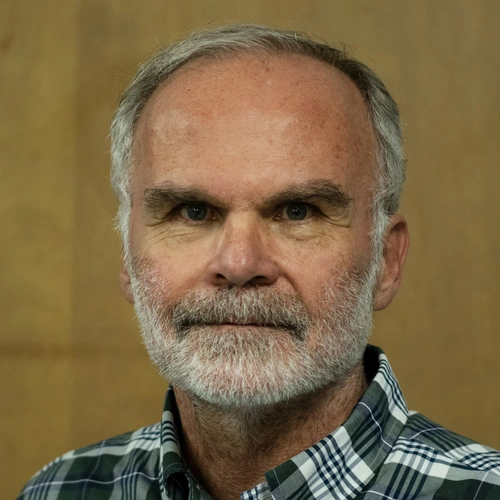Overview
Isoprene emission from plants is second only to methane as an input of hydrocarbon to the atmosphere. Initially discovered in 1957, this phenomenon has been intensively investigated over the past 35 years. Several early hypotheses about its synthesis and effects on plants did not hold up, but its synthesis and roles in plant resilience are now becoming well understood. Isoprene is made from intermediates of the Calvin-Benson cycle, and labeling of isoprene when leaves
are fed 13CO2 has provided insight into labeling kinetics of photosynthesis. Not all plants make isoprene, presumably, there is a balance between costs of isoprene emission and benefits. Plants exposed to isoprene either because they have an isoprene synthase gene or, by fumigation, show enhanced resilience to high temperatures and ozone. Signaling cascades similar to those involved in plant growth regulator responses, especially jasmonic acid and cytokinins, are stimulated by as little as one-hour exposure to isoprene. Whether isoprene emission will increase or decrease with climate change will also be addressed.

Bio
Thomas D. (Tom) Sharkey obtained his PhD from Michigan State University in 1980 studying stomatal responses to light. He also began investigating the practically unknown phenomenon of isoprene emission from plants in 1978. After a two-month visit to the Carnegie Institution for Science, he was a post-doc at the Department of Environmental Biology, Australian National University. He returned to the US in 1982 to become a research scientist at the Desert Research
Institute in Reno, Nevada. After five years in Reno, he went to the University of Wisconsin-Madison, where, among other things, he renewed his studies of isoprene emissions. He retired as Emeritus Professor of Botany in 2008 and moved to Michigan State University as Chair of the Biochemistry and Molecular Biology Department. Tom has also extensively studied carbon metabolism of photosynthesis and has had a long-standing interest in plant growth facilities for research.
He oversaw the Frits Went (father of the phytotron) greenhouses in Reno, was Director of the UW-Madison Biotron for 11 years, and now is Co-Chair of the faculty oversight committees for the MSU Plant Growth Chamber and Plant Science Research Greenhouse facilities.
